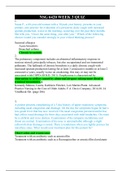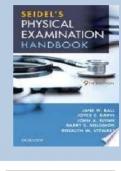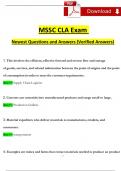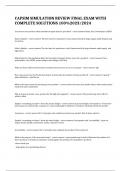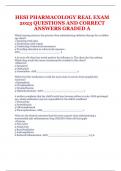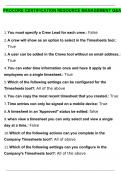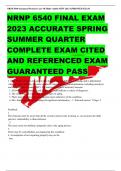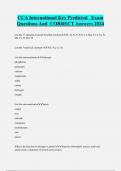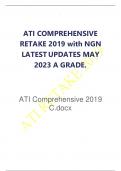Exam (elaborations)
NSG 6420 WEEK 3 QUIZ / NSG6420 WEEK 3 QUIZ: GRADED A | 100% CORRECT |SOUTH UNIVERSITY
- Course
- Institution
NSG 6420 WEEK 3 QUIZ / NSG6420 WEEK 3 QUIZ: GRADED A | 100% CORRECT |SOUTH UNIVERSITYNSG 6420 WEEK 3 QUIZ / NSG6420 WEEK 3 QUIZ: GRADED A | 100% CORRECT |SOUTH UNIVERSITY
[Show more]
